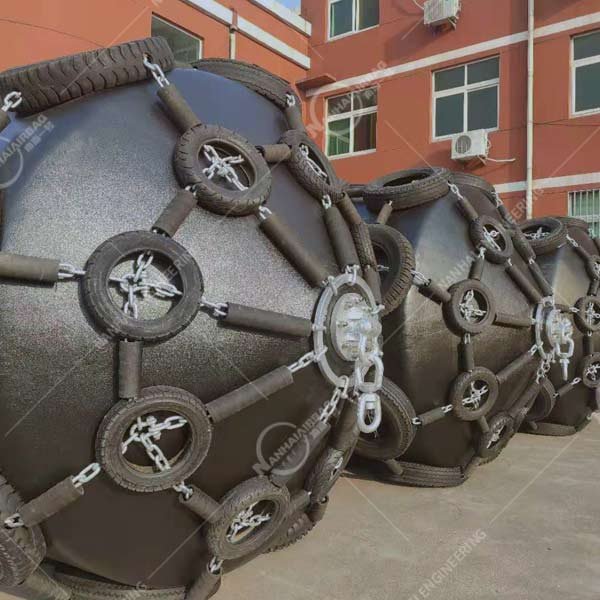Ship Launching aAirbags: New Equipment To Improve Ship Safety
06/26/2024Safety performance test of pneumatic fenders
07/02/2024Polyurethane Fender Structure

Foam fender is a structural form that uses foam material as a fender. This structure usually consists of a foam core and an external protective layer.
Foam core refers to the foam material filled inside the fender. Common materials include polyethylene foam, polyurethane foam, etc. Foam materials are lightweight, have good energy absorption and buoyancy, can effectively reduce the impact force during ship collision, and provide buoyancy support.
The external protective layer is a layer covering the surface of the foam core. Common materials include polyurethane leather, fiberglass, etc. The external protective layer protects the foam core from erosion and physical damage from the external environment, and also increases the strength and durability of the fender.
The foam fender structure has the following advantages:
- Lightweight: Foam materials are lighter than traditional metal fender materials, which can reduce the weight of the ship, improve load-bearing capacity and fuel efficiency.
- Energy absorption: Foam materials have good energy absorption, can absorb and disperse impact force, and reduce the damage to the hull caused by collision.
- Anti-corrosion: Foam materials are not easily corroded by seawater and can effectively extend the service life of fenders.
- Easy to install and maintain: The foam fender structure is relatively simple, and it is convenient to install and maintain.
Foam fenders are widely used in water projects such as ships, docks, and pontoons, and can provide good protection and safety performance. However, it should be noted that the foam fenders need to take into account different environmental conditions, ship types, and usage requirements during the design and installation process to ensure their stability and reliability.
